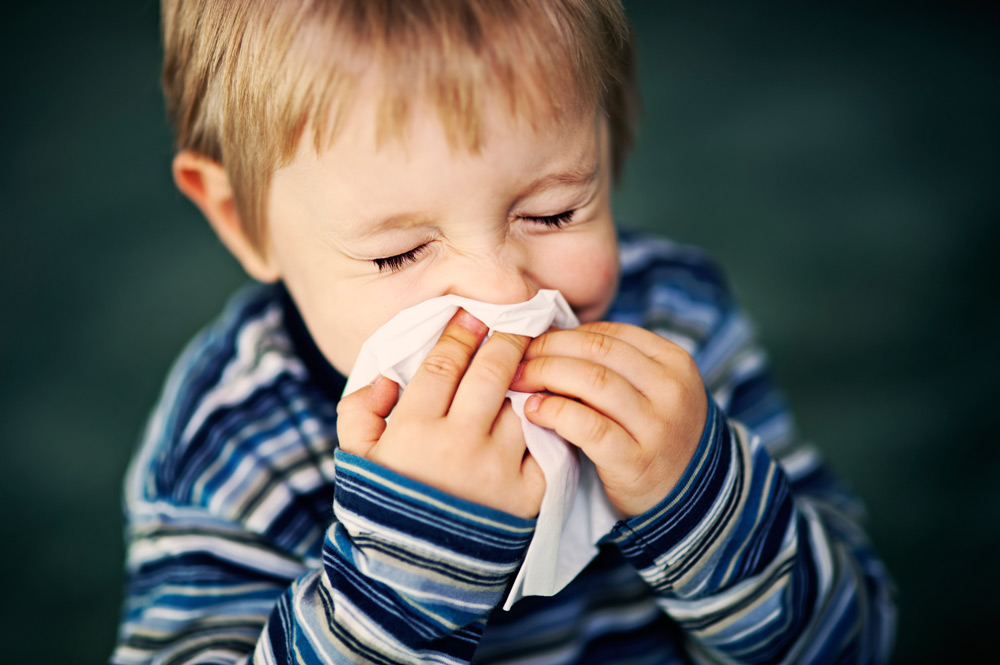Fall Allergies: Does Your Child Have Them or Is It Something Else?
Colder weather is right around the corner, but allergy sufferers aren’t totally out of the woods yet. It can sometimes be hard to tell if a child is suffering from a common cold and flu-like illness or if it’s those pesky fall allergies.
Common seasonal allergy symptoms include sneezing, trouble breathing, and a runny nose — all symptoms associated with a variety of other illnesses.
However, the key distinction is itchiness. Often, allergy sufferers will develop itchy, watery eyes, and an itchy, runny nose. There are a few indicators that could signal your child is suffering from allergies, according to the U.S. Department of Health and Human Services.
- Rubbing his/her face
- Eating with his/her mouth open
- Nasal congestion, general stuffiness
- A sinus or ear infection
- A red or itchy nose
- Watery/itchy eyes
- Trouble sleeping
- Vision problems
Colds are caused by a virus and allergies are caused by the body having an overactive immune system to environmental factors, which in the fall can include:
- Mold
- Fungal spores
- Weather patterns that can reintroduce ragweed and pollens that were dormant from earlier in the season
If your child is suffering from allergies, there are steps you can take to help treat symptoms besides medication.
- Keep home and vehicle windows closed
- Stay inside in the morning and on windy days, that’s when pollen levels are the highest
- Bathe every night to wash off pollen from your hair and skin
- Regularly change your furnace filter
It’s important to note that allergies don’t include a fever. If your child has a fever with a combination of the symptoms mentioned above, you can rule out allergies.
How does a parent know if their child is suffering from allergies or something else? The only way to confirm an allergy diagnosis is by meeting with your child’s doctor who can typically make a diagnosis during a physical exam.
Most fall allergies disappear once temperatures drop to freezing.
